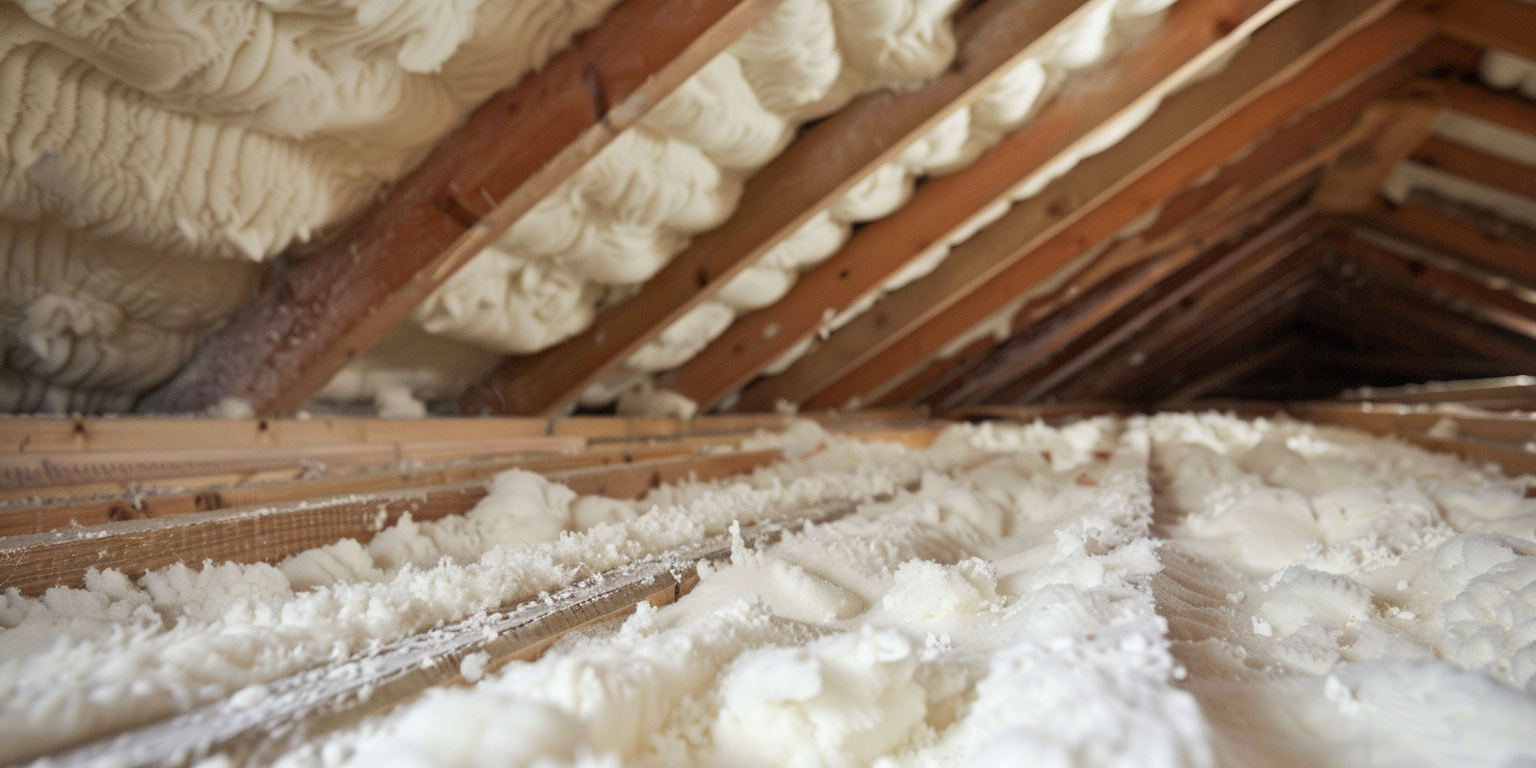Some roads are inherently more dangerous than others, responsible for a greater number of accidents, injuries, and deaths. For decades, statisticians have gathered data to better understand where the most dangerous areas of the country are. Thanks to new data visualization technology, you can engage with this interactive map and get a visual for where the most dangerous roads in the country really are.
But what is it that makes a road dangerous in the first place?
Factors for Road Danger
There are several factors that could make a specific road more dangerous, including:
- Road conditions. First, some roads are simply in better shape than others. In heavily-trafficked areas with ample public funding, roads are repaved and rebuilt regularly; they’re smooth and accommodating of traffic. But in other areas, they may be crumbling, with potholes, cracks, and other issues. Additionally, if an area is under construction, it may be prone to more accidents, due to unusual circumstances and the presence of construction equipment.
- Traffic. The amount of traffic in a given area can also play a role in how many accidents it sees. As you might suspect, areas with more cars passing through tend to ultimately have more accidents; but this could be simply due to the number of cars passing. In reality, low-traffic roads can be more dangerous on a per-driver basis, due to producing a false sense of security; because there aren’t any cars around, drivers let their guards down, and may be more likely to make an egregious error.
- Speed limits. Speed limits can also play a role in dictating the danger of a road; higher speed limits allow drivers to travel faster, but also give them less time to react to changes in their environments. Additionally, cars traveling at higher speeds are capable of causing more damage. In most cases, even though lower speed limits are inconvenient, they often result in lower-accident areas.
- Road width. Instinctively, you might believe that a wider road would result in fewer accidents, giving drivers more room for error and reducing the likelihood of lane drift. But some studies suggest that narrower roads are actually safer, as well as less congested; this is because narrow roads force drivers to pay more attention to their surroundings, and discourage the development of traffic.
- Lighting. Even though your car has powerful headlights to help you see in the dark and during inclement weather conditions, those headlights often aren’t enough to provide you with a clear vision of your surroundings. That’s why many roads have streetlights and other sources of lighting to help drivers see. On roads with limited lighting, accident rates tend to spike.
- The presence or absence of traffic signals. Traffic signals are a complicated variable, because there are different modes of operation to consider. However, in general, traffic signals tend to reduce the prevalence of certain types of accidents while allowing a greater flow of traffic through an intersection. If an intersection is sufficiently busy without the proper signage or signals in place, it could make the road dangerous.
- Intersection complexity. Even with an effective traffic signal in place, some intersections are more dangerous than others, in part due to their complexity. Intersections with multiple roads or confusing layouts tend to result in more accidents.
- Visibility. We mentioned lighting already, but we also have to consider the overall visibility of a road. Roads that twist and turn, with trees or man-made structures blocking drivers’ vision, result in blind spots that make it harder to anticipate oncoming traffic or upcoming obstacles. Similarly, some intersections make it nearly impossible to see cross traffic, which can make some accidents unavoidable.
- Proximity to wildlife. We also have to consider the role that wildlife plays in roadway danger. Many rural roads stretch across open plains and forests, and are crossed by animals like deer on a regular basis. If you’re not actively watching for these animals, or if one crosses at the wrong time, an accident becomes inevitable.
- Medical access. Danger refers not just to the likelihood of an accident occurring, but also the damage that results from that accident. Some roads are closer to hospitals than others, meaning when accidents occur there, first responders are much quicker to arrive at the scene. This can sharply reduce or increase fatality rates in a given area.
Learning to Drive Safely
Better understanding the factors that make a road dangerous allows you to self-evaluate the roads of your own city—and become a safer driver in the process. In riskier areas, you can exercise more caution while driving, and when possible, you can avoid them altogether. Even simple changes, like lowering your speed and stopping for a longer period of time before crossing an intersection, can greatly reduce your risk of being involved in an accident.



